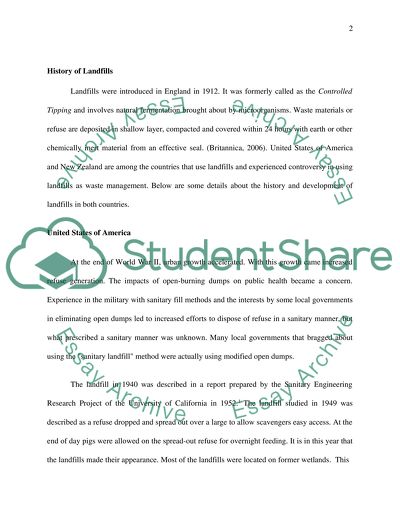Cite this document
(“Landfills Essay Example | Topics and Well Written Essays - 3750 words”, n.d.)
Landfills Essay Example | Topics and Well Written Essays - 3750 words. Retrieved from https://studentshare.org/miscellaneous/1511870-landfills
Landfills Essay Example | Topics and Well Written Essays - 3750 words. Retrieved from https://studentshare.org/miscellaneous/1511870-landfills
(Landfills Essay Example | Topics and Well Written Essays - 3750 Words)
Landfills Essay Example | Topics and Well Written Essays - 3750 Words. https://studentshare.org/miscellaneous/1511870-landfills.
Landfills Essay Example | Topics and Well Written Essays - 3750 Words. https://studentshare.org/miscellaneous/1511870-landfills.
“Landfills Essay Example | Topics and Well Written Essays - 3750 Words”, n.d. https://studentshare.org/miscellaneous/1511870-landfills.


